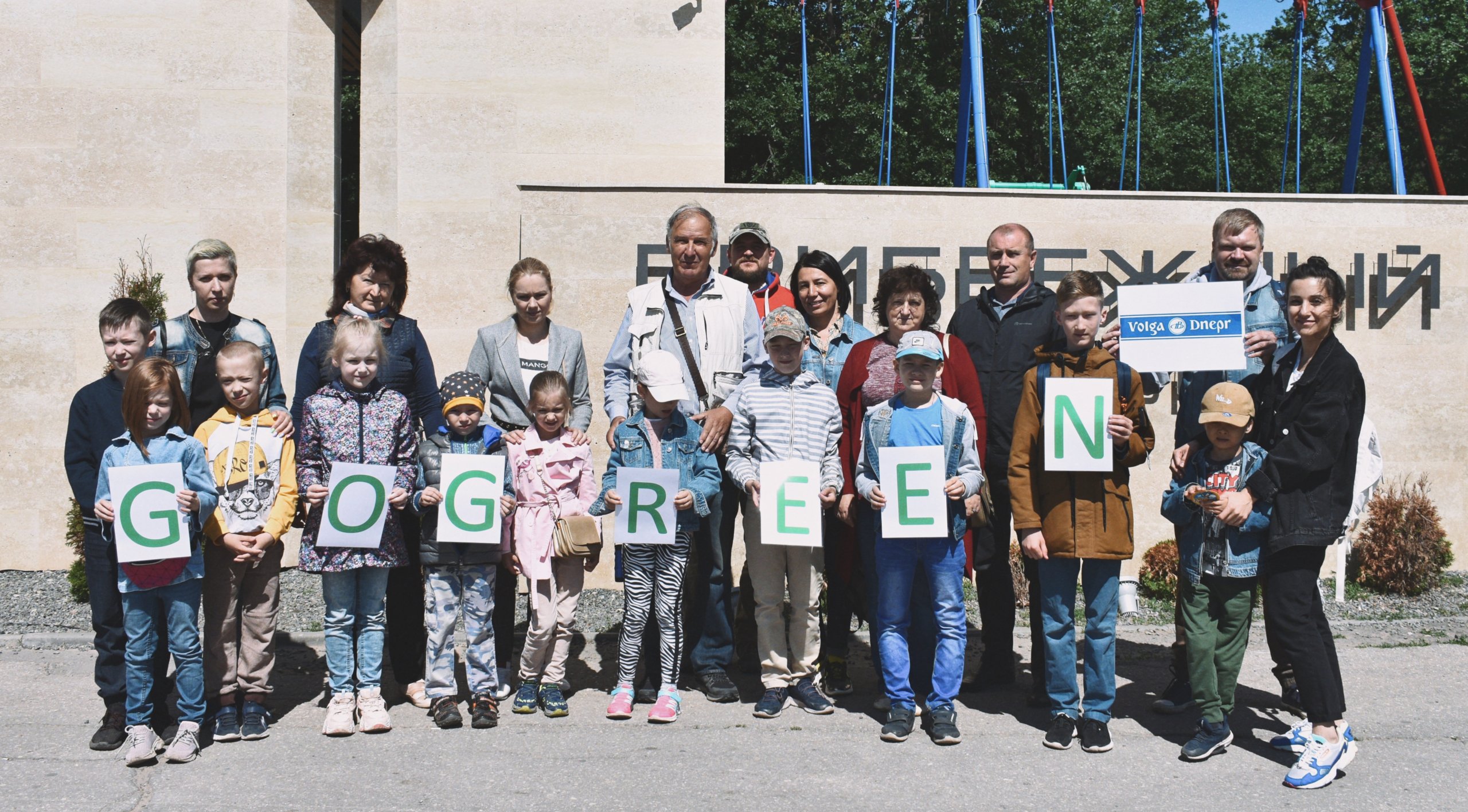Stylistic Devices for Memorable Speech
“Eloquence doesn’t come to the lazy”, said Demosthenes, one of the most famous ancient public speakers in Greece. If you want to influence your audience, change their opinions, beliefs, attitudes, impress them, you must remember two things: 1) your presentation must be well-prepared with facts, arguments, figures and ideas, 2) your speech must be eloquent (красноречивой) and inspiring (вдохновляющей). Below are some stylistic devices (стилистические приемы) which can make any speech memorable.
Antithesis (Антитеза)
Antithesis, literal meaning opposite, is a rhetorical device in which two opposite ideas are put together in a sentence to achieve a contrasting effect. / Фигура речи, состоящая в сопоставлении логически противоположных понятий и образов.
“Setting foot on the moon may be a small step for a man but a giant step for mankind”.
The use of contrasting ideas, “a small step” and “a giant step”, in the sentence above emphasizes the significance of one of the biggest landmarks of human history.
Metaphor (Метафора)
Metaphor is a figure of speech which makes an implicit, implied or hidden comparison between two things that are unrelated but share some common characteristics. In other words, a resemblance of two contradictory or different objects is made based on a single or some common characteristics. / Cлово или выражение, употребляемое в переносном значении, в основе которого лежит неназванное сравнение предмета с каким-либо другим на основании их общего признака.
- My brother was boiling mad. (This implies he was too angry.)
- The assignment was a breeze. (This implies that the assignment was not difficult.)
- It is going to be clear skies from now on. (This implies that clear skies are not a threat and life is going to be without hardships)
Anaphora (Анафора)
In writing or speech, the deliberate repetition of the first part of the sentence in order to achieve an artistic effect. / Cтилистическая фигура, основанная на повторении речевого явления.
- “Every day, every night, in every way, I am getting better and better”
- “My life is my purpose. My life is my goal. My life is my inspiration.”
- “Buying nappies for the baby, feeding the baby, playing with the baby: This is what your life is when you have a baby.
- “I want my money right now, right here, all right?”
Chiasmus (Хиазма)
Chiasmus is a rhetorical device in which two or more clauses are balanced against each other by the reversal of their structures in order to produce an artistic effect. / Лингвистический прием перестановки членов предложения
- «You forget what you want to remember, and you remember what you want to forget.» — Cormac McCarthy, The Road, 2006
- «Nice to see you . . . to see you nice.» — Chiastic catchphrase of British TV entertainer Bruce Forsyth
- «In the end, the true test is not the speeches a president delivers; it’s whether the president delivers on the speeches.» — Hillary Clinton, March 2008
Oxymoron (Оксюморон)
Oxymoron is a figure of speech in which two opposite ideas are joined to create an effect./ Cтилистический прием сочетания слов/выражений с противоположным значением.
- Open secret
- Tragic comedy
- Seriously funny
- Awfully pretty
- Foolish wisdom
- Original copies
- Liquid gas
Paradox
It is a statement that appears to be self-contradictory or silly but may include a latent truth. It is also used to illustrate an opinion or statement contrary to accepted traditional ideas. A paradox is often used to make a reader think over an idea in innovative way. / Утверждение, противоречащее себе.
- Your enemy’s friend is your enemy.
- I am nobody.
- “What a pity that youth must be wasted on the young.” – George Bernard Shaw
- Wise fool
- Truth is honey which is bitter.
- “I can resist anything but temptation.” – Oscar Wilde
Simile
A simile is a figure of speech that makes a comparison, showing similarities between two different things. Unlike a metaphor, a simile draws resemblance with the help of the words “like” or “as”./ Фигура речи, сравнивающая непохожие вещи на основе общего признака.
- Our soldiers are as brave as lions.
- Her cheeks are red like a rose.
- He is as funny as a monkey.
- The water well was as dry as a bone.
- He is as cunning as a fox.




